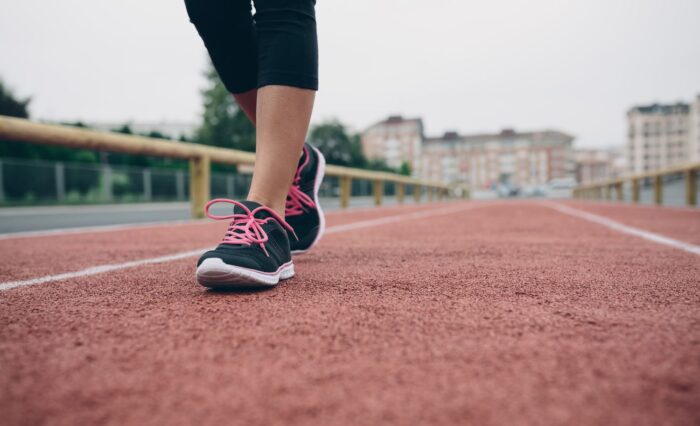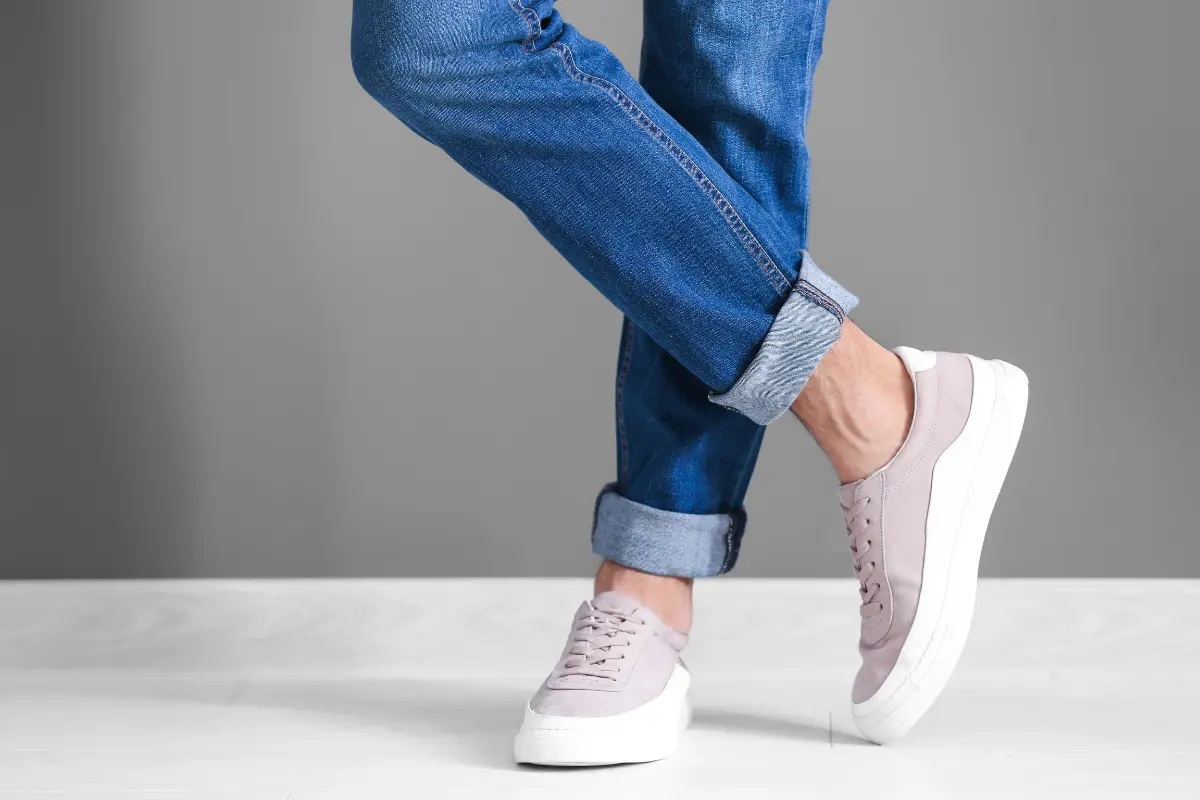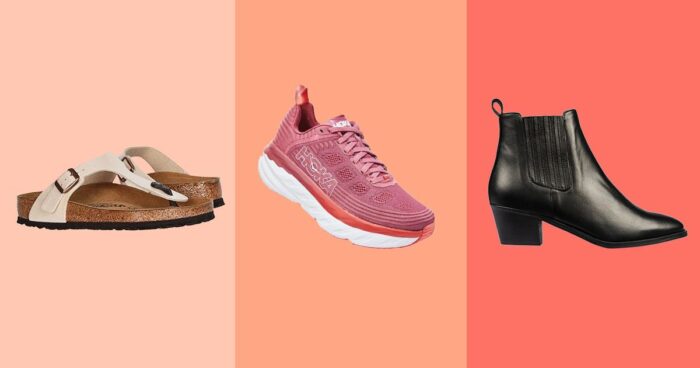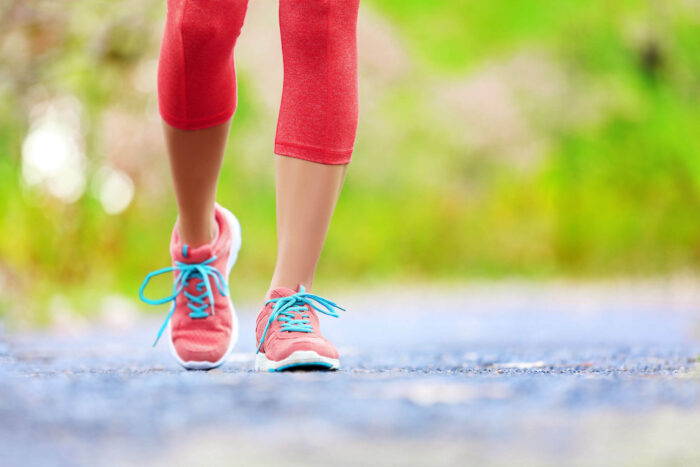Bunions, those bony bumps that form at the base of the big toe, are more than just a cosmetic concern—they’re a significant issue affecting foot health. The discomfort and pain associated with bunions can impair one’s quality of life, making the simple act of walking a daunting task. This underscores the importance of choosing the right type of shoes, not just for fashion, but for alleviating bunion pain and discomfort. The journey to finding comfort and relief begins with understanding what bunions are and how the right footwear can make a world of difference.
Table of Contents
Understanding Bunions

Bunions, medically known as Hallux Valgus, are deformities characterized by the outward protrusion of the joint at the base of the big toe. They arise from a combination of genetic predispositions, foot stress, and, notably, ill-fitting shoes. Symptoms often include pain, redness, and a noticeable bump, leading to difficulty in walking and a restricted range of shoe options. Understanding the causes and symptoms of bunions is the first step towards managing their impact on your life effectively.
Impact of Shoes on Bunions
Ill-fitting shoes don’t just exacerbate bunion pain; they can be a primary contributor to their development. Tight, narrow shoes that crowd the toes can worsen the misalignment of the toe joint, intensifying discomfort and leading to further deformity. Conversely, selecting shoes with proper support and fit can not only alleviate pain but also help in preventing the progression of bunions. This makes the choice of footwear a crucial aspect of bunion management. So, if you want to indulge yourself and do the right thing for a medical standpoint you need to click here.
Characteristics of Bunion-Friendly Shoes
Shoes designed for bunion relief typically feature a wide toe box, ample cushioning, and supportive arches. These characteristics ensure that the foot has enough room to spread out without pressure on the bunion, while also providing the necessary support to reduce strain on the foot. Opting for supportive footwear can significantly enhance comfort levels and mitigate the adverse effects of bunions on daily activities. Additionally, the inclusion of adjustable closures, such as laces or Velcro straps, can further enhance fit and comfort, allowing for adjustments throughout the day as needed.
Best Shoe Styles for Bunions

For those with bunions, certain shoe styles stand out for their comfort and accommodation. Sandals with adjustable straps, sneakers with wide toe boxes, supportive flats, and boots designed with extra room can be excellent choices. These styles cater to various activities and occasions, ensuring that individuals with bunions don’t have to compromise on style for comfort. It’s about finding the right balance between functionality and fashion. Moreover, opting for shoes with removable insoles can offer the flexibility to insert custom orthotics if needed, providing an additional layer of support.
Tips for Shopping for Bunion-Friendly Shoes
Shopping for bunion-friendly shoes can be a challenge, but knowing where to look can simplify the process. Specialty stores and online platforms often offer a range of shoes designed to accommodate foot deformities like bunions. It’s crucial to try on different pairs and walk around in them to assess their comfort and fit. This hands-on approach ensures that you select shoes that genuinely cater to your needs. Furthermore, seeking out retailers with knowledgeable staff who understand bunion-related needs can provide valuable guidance in making the right footwear choices.
Proper Sizing and Fit
Choosing the right size shoe is paramount for those with bunions. Footwear that’s too tight can aggravate the bunion, while too loose can lead to instability and discomfort. It’s advisable to shop for shoes in the late afternoon or evening when feet are at their largest, ensuring a better fit. This strategy helps in accommodating the bunion comfortably without compromising on support. Additionally, considering shoes with a bit of extra length can prevent the toes from rubbing against the front of the shoe, further reducing the risk of irritation.
Materials and Construction

The materials and construction of shoes play a significant role in their comfort and suitability for bunion sufferers. Shoes made from soft, breathable materials like leather or mesh can accommodate bunions better, providing comfort and reducing the risk of irritation. Flexible construction that allows for natural foot movement is also essential, as it minimizes pressure on the bunion area. Shoes with seamless interiors can also prevent rubbing and discomfort, making them a preferable choice for those with sensitive feet.
Orthotic Inserts and Customization
For individuals with severe bunions, orthotic inserts can offer additional support and comfort. These custom or over-the-counter options can be tailored to the individual’s foot, providing targeted relief and improving foot alignment. In some cases, custom orthotics, designed specifically for one’s feet, can be a game-changer, significantly enhancing comfort and mobility. The ability to modify footwear with orthotics allows for a personalized approach to bunion relief, making everyday activities more manageable and less painful.
Lifestyle Adjustments
Incorporating bunion-friendly footwear into daily life requires a conscious effort and, sometimes, a gradual transition. It’s about making informed choices that prioritize foot health over fashion, without necessarily sacrificing style. Embracing supportive shoes as part of your lifestyle can lead to long-term benefits, reducing pain and discomfort associated with bunions. Regularly rotating shoes to avoid excessive wear in one area and allowing feet to rest can also contribute to overall foot health and comfort.
Other Strategies for Bunion Relief

Beyond selecting the right shoes, there are complementary strategies for managing bunion pain. Regular stretches, icing, and foot massages can alleviate discomfort and improve foot function. These methods, combined with appropriate footwear, can make a significant difference in managing bunion symptoms. However, it’s important to seek medical advice for severe cases to explore all available treatment options. Incorporating daily foot exercises to strengthen the muscles around the bunion can also help in managing symptoms and preventing further progression of the condition.
Conclusion
Finding comfort and relief from bunion pain largely hinges on the type of shoes you choose. Understanding the characteristics of bunion-friendly footwear and making informed decisions can transform your daily experience, reducing pain and enhancing mobility. Remember, prioritizing foot health and seeking appropriate footwear solutions are crucial steps towards managing bunions effectively. Let this guide be your starting point in the journey to happier, healthier feet.

